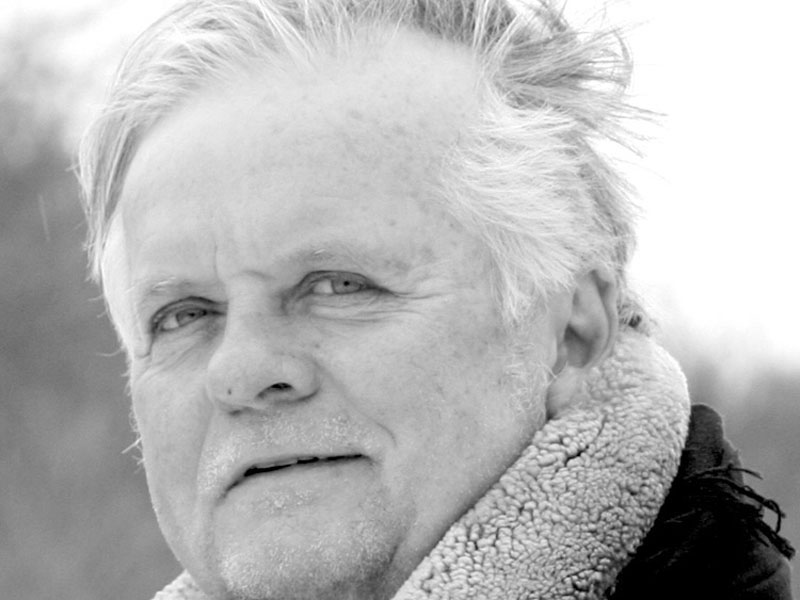walkingwiththunder.com
The sparrow hawk and me

By Conrad Beaubien
The idea that we sense both externally and within simultaneously apparently has everything to do with our sense of touch. Our mind has been in overdrive in past months attempting to compensate and reprogram patterns set within each of us since birth. The touch and warmth of the mother, to varying degrees, imprints on us from the get-go and behaviourally impacts throughout our lives. Apparently the neurons in the skin of social animals transmit electrical signals to emotional processing parts of the brain. And so I’m told that neurons release dopamine that directly impact on our cortisol levels, regulating mood. I look at it as just being good or bad vibes. However, the former was explained to me when I simply asked why a simple and gentle touch to the hand felt better than I can remember and was in want of it to continue. The prognosis was touch deprivation. And why not, when as a result of health precautions, every barrier for physical contact has been placed before us almost like an involuntary lab experiment? Now as needles go into arms and the current wave of pandemic hopefully passes, perhaps we can mildly address the pandemic of touch deprivation.
I suspect if any one of us were to stand at the front of the class and read an essay on what we did on our pandemic journey—governed by restricted movement, isolation, mostly cut off from anything resembling a normal routine; lockdown—amplified dependency on Internet— we’d realize how much our ships have veered in the fog and hope that the fog will begin to lift so we can question where to go from here? Tack back toward former patterns? Challenge those former patterns and re-invent anew? Change course completely? The only for sure in all of this is that our evolution marches on and importantly, for the most part, we have choices.
My personal undertaking at this time of walking with the donkey Thunder is a thread to most of my life’s decisions where I seem to embrace the possibilities and discoveries that often wait in the unknown. It’s as if wanting to forget everything I know daily to continuously learn anew; find novelty in terms of walking the same paths in some cases, but experiencing them as if I had never been there before.
Symbolic I guess of journeying, of travel, are our footprints. The legs of a donkey are quite small in terms of the animal’s role historically of carrying heavy loads. The hooves of an equine animal are by comparison the soles of our feet that in turn have similar growth as the finger and toe nails of humans. Wild horses travel long distances over different terrain on a regular basis and their hooves are therefore worn down and maintained on a natural basis whereas horses and donkeys that are on soft ground in a paddock need their hooves trimmed on a regular basis.
The work of foot care is done by a farrier who will clean and adjust the levelling of the hooves—barefoot trimming—while inspecting for any potential issues. As the work of these professionals also includes the fitting of horseshoes where an animal is constantly walking on hard surfaces, the name farrier which applies to blacksmithing is derived from the Latin root ferrum or ‘iron’.
Before a recent walk with Thunder, I had the chance to sit and observe firsthand as farrier Jamie Burgess, from Cedar Rail Farms, undertook to trim Thunder’s hooves. I was impressed with the much laissez faire acceptance of Thunder, patiently holding still through the attention he received. Raising Thunder’s feet one at a time, and holding it between his knees, Jamie used a hook knife affair to trim the hoof, then file it for evenness and checking the inner hoof for any obstruction like a stone picked up along the way before setting it down and moving on to the next foot.
It was a reminder of how my walks with Thunder how affected all of my senses, how touch, scent, hearing have shifted. The silencing of the world during the pandemic is an opportunity to re-experience, to walk to the muted and undeterred rhythm of my four-legged friend, to engage him from time to time in a loving headlock nurturing connection; to walk while stroking his mane, to sing, to grieve, to be in childlike awe of newness and curiosity; to stop and listen attentively and notice where and how Thunder trains his ears as if parabolic microphones scanning the atmosphere near and afar. I notice more the beautiful isolation of things, the feel of the bark of a maple tree as it awakens to the new season; how birdsong is amplified; the comfort of solitude; how the inner silence offers the simplest of pleasures, the simplest of things that speak to the most complex of needs.
And then we hear the kik-kik-kik call of what I identify to be a sparrow hawk. We watch as it emerges from a thick, nearby forest and circles the sea of upturned loam of a forty-acre field. It is early day and its flight has prompted its prey to lie low. Kik-kik-kik again and then it vanishes from sight. Thunder is ready to move on, assured that I have taken notice of the magic of the natural world and that I have touched the invisible healing that waits in the instinctual beyond.

Comments (0)